The Serra da Estrela is a mountain range located in the central part of Portugal, where the highest point of the continental mainland can be found, with an altitude of 1993 m. This mountain chain is part of the largest Portuguese Natural Park, created in 1976. This region is characterized by the presence of granitic mountains, which hold a rich fauna and flora; it is also home of some of the oldest villages of Portugal, with a history that goes back to the country’s foundation, almost 1000 years ago.

Several days are required to experience this region fully, but I only managed to visit during 4 days. Still, my wife and I had great fun, and Spring is one of the best times to visit. The rivers and brooks carry plenty of water after the Winter, days are longer, and the fields are green. Each day was dedicated to a particular area and/or activity, thus I will assign one article per day, as follows:
Day 1 – driving from home to the accommodation, with a visit to the city of Guarda;
Day 2 – trekking the Mondego River Walkways, a recent route that opened in November 2022;
Day 3 – the original plan was to walk between Lagoa Comprida and Covão dos Conchos, but such was not possible due to weather conditions. Alternatively, we visited several historical villages;
Day 4 – walking route PR1 in Manteigas, around the Poço do Inferno waterfall. Then return home.
We left our house in the morning, and stopped for lunch in the town of Vila Velha de Rodão, by the side of the river Tejo. There are many interesting places to visit nearby, but time was short. Still, you can find a pre-historic site where Neanderthals lived during the Paleolithic. As a geologist, I could not miss the geomonument of Portas (Gates) do Rodão, where during millions of years the Tejo has eroded and cut through hard quartzitic rocks.
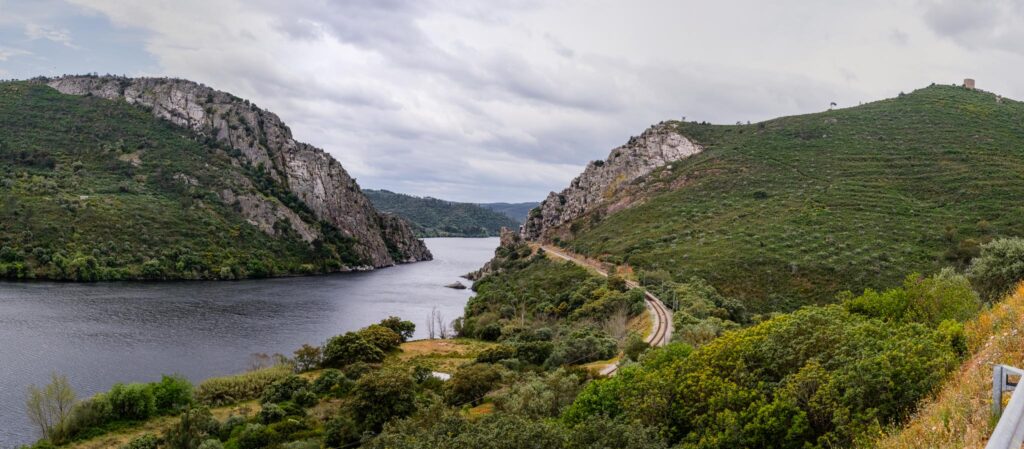
The rest of the drive was uneventful, and in the afternoon we visited Guarda, the highest city in Portugal, located at 1056 m of altitude. The city has a rich historical record, which is a result of human occupation since prehistoric times; Romans, Visigoths, Arabs, Jews, Christians, all have lived in these lands. It was in Guarda that the first literary text in Portuguese was written, in the year of 1189. Walking along its narrow medieval streets, one can feel history coming out of every granite block.
Nowhere else is this feeling stronger than in the imposing cathedral. Built between 1390 and 1540, it has been compared to a ship of granite, thanks to its impressive size and to the panoramic view from its terrace. From there, one feels like being on a ship, admiring the surrounding landscape. The thick granite walls and the size of the cathedral also speak about its protective role for the population. I recommend to visit the cathedral, to admire the magnificent architectural work; as I have mentioned already, you can also climb to the terrace to admire the views. The altarpiece was sculpted in 1553 and represents scenes from the Old and New Testaments.
In the main square in front of the cathedral, there is a statue of Dom Sancho I, the second king of Portugal, who in 1199 gave the city its foral (charter). The presence of granite as a source of construction material is everywhere, and even today it is abundantly used. The wind is quite strong, and cold, so we look for a bit of respite in a nearby coffee, before continuing our walk. It is wonderful to simply walk around, experiencing the history that exudes from every corner. What follows is a selection of the many photos that I took in the city. For this trip I carried: Fujifilm X-T3 and X-T4; Fujinon 16mm f/1.4 and 33mm f/1.4 lenses; tripod.
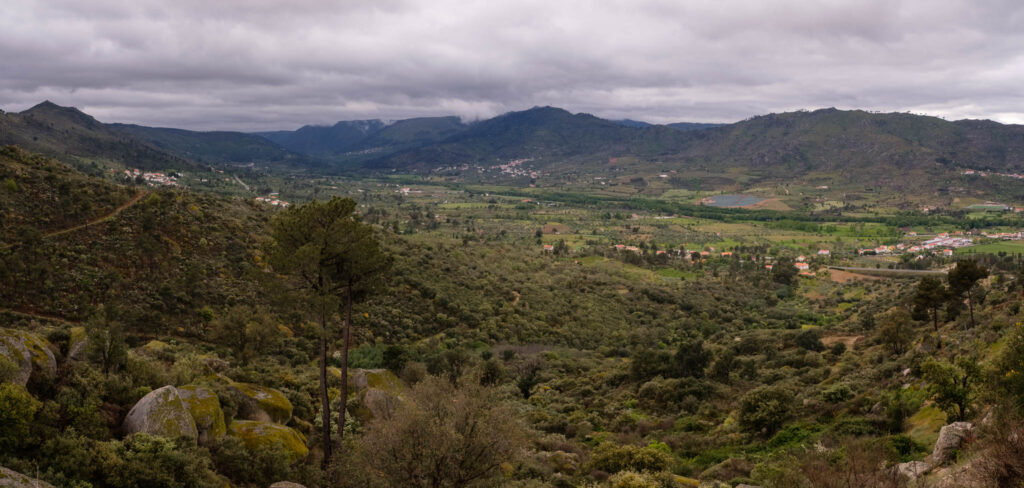

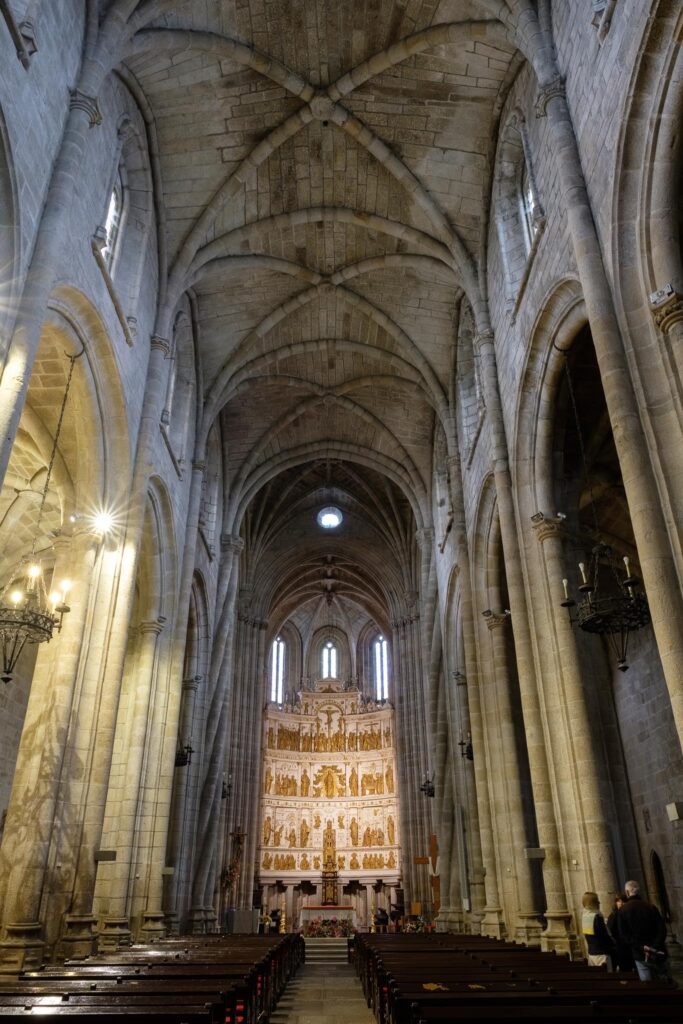
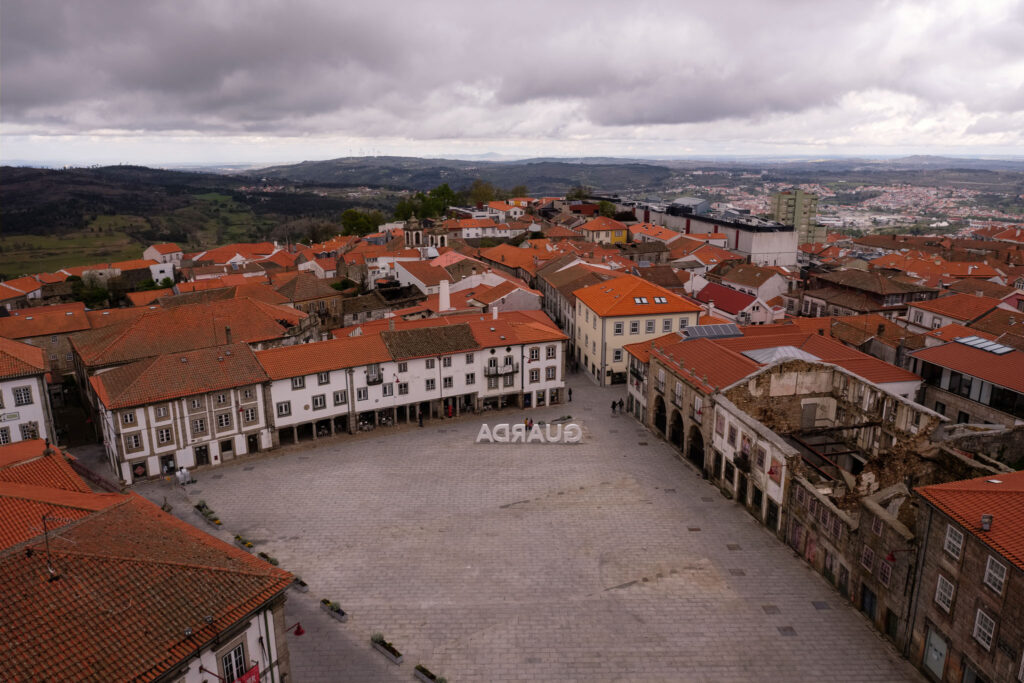
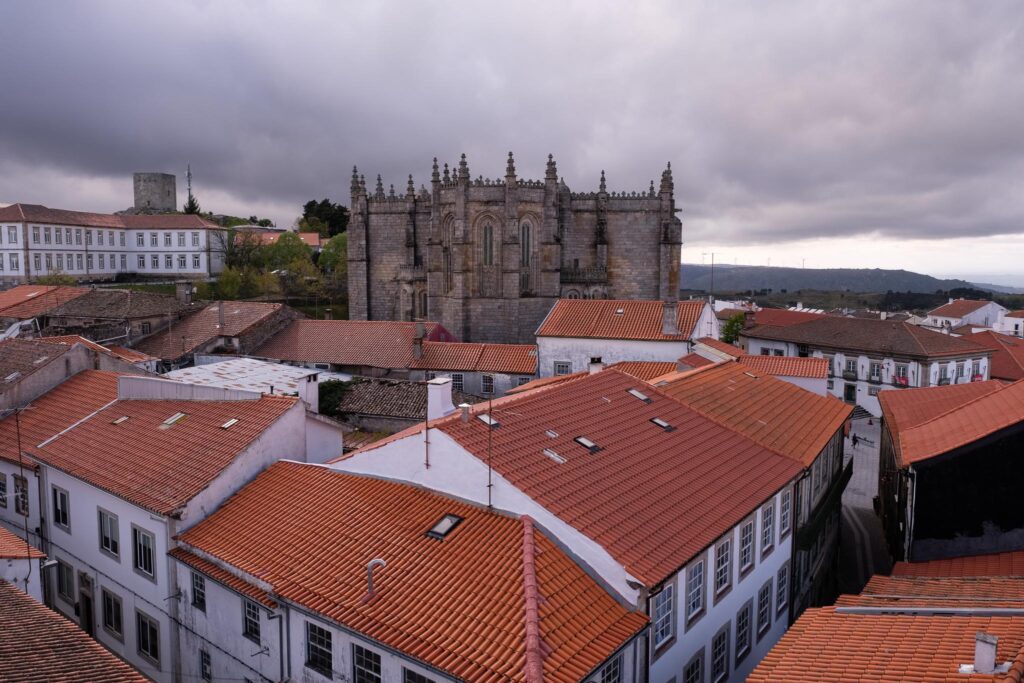
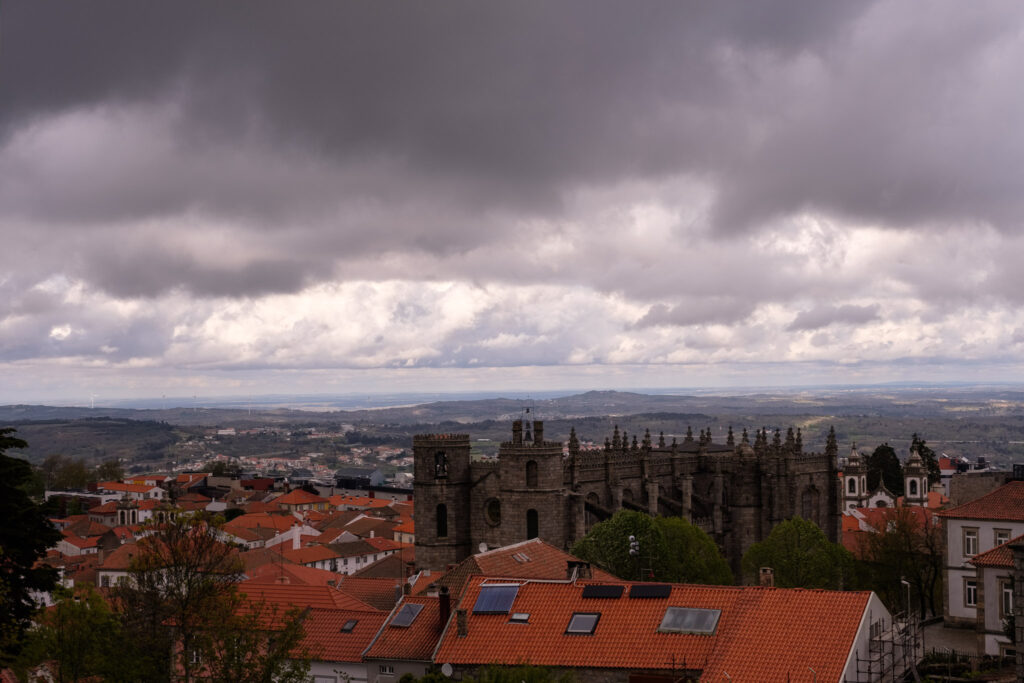
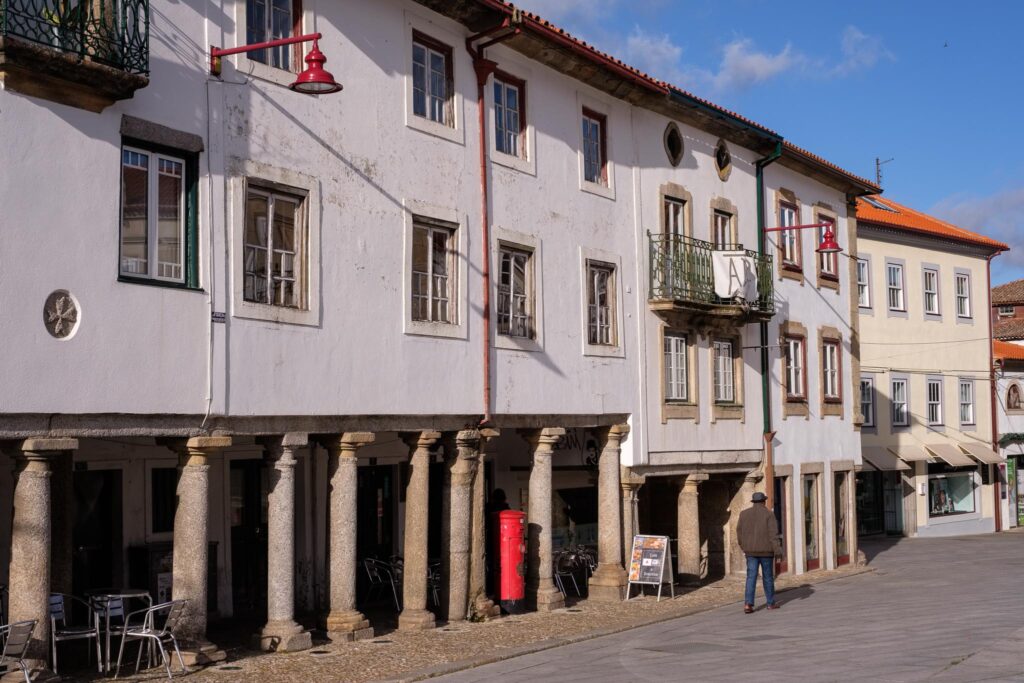

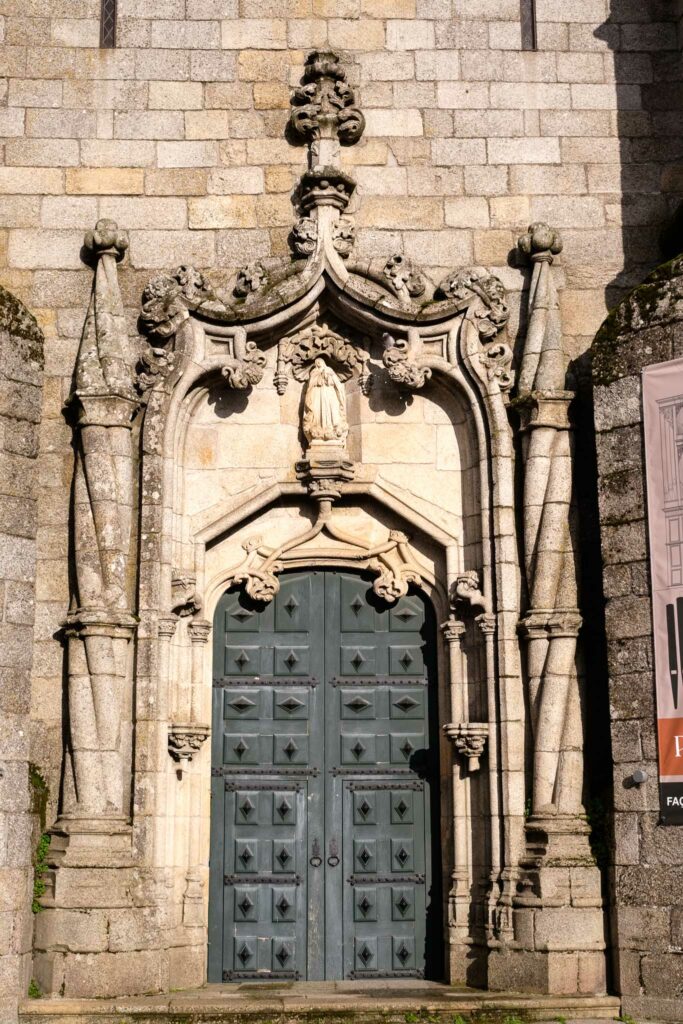
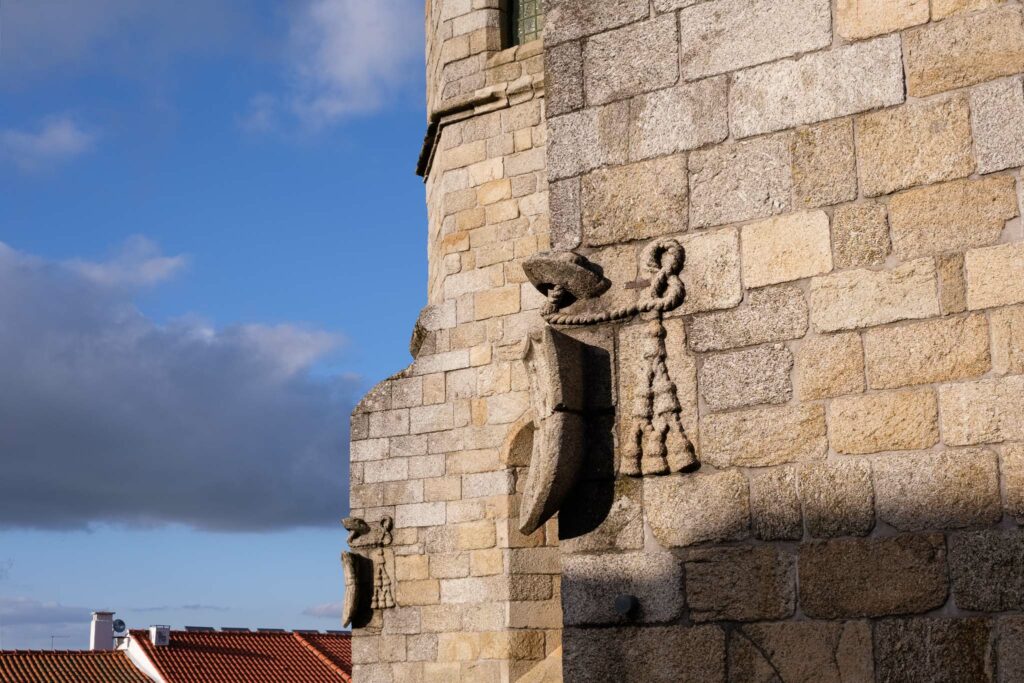
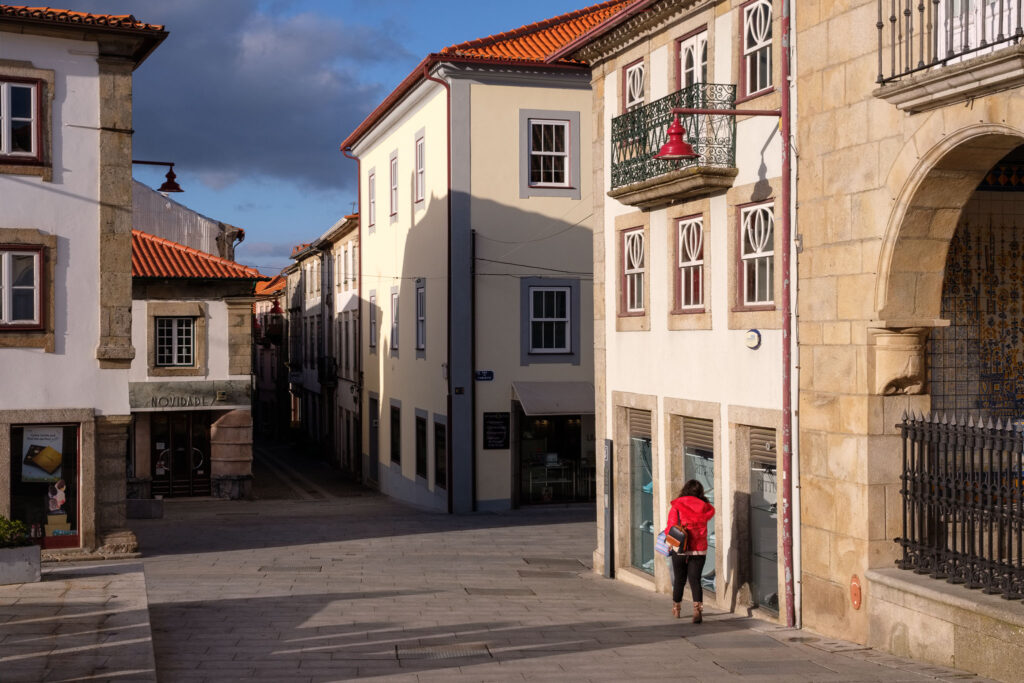
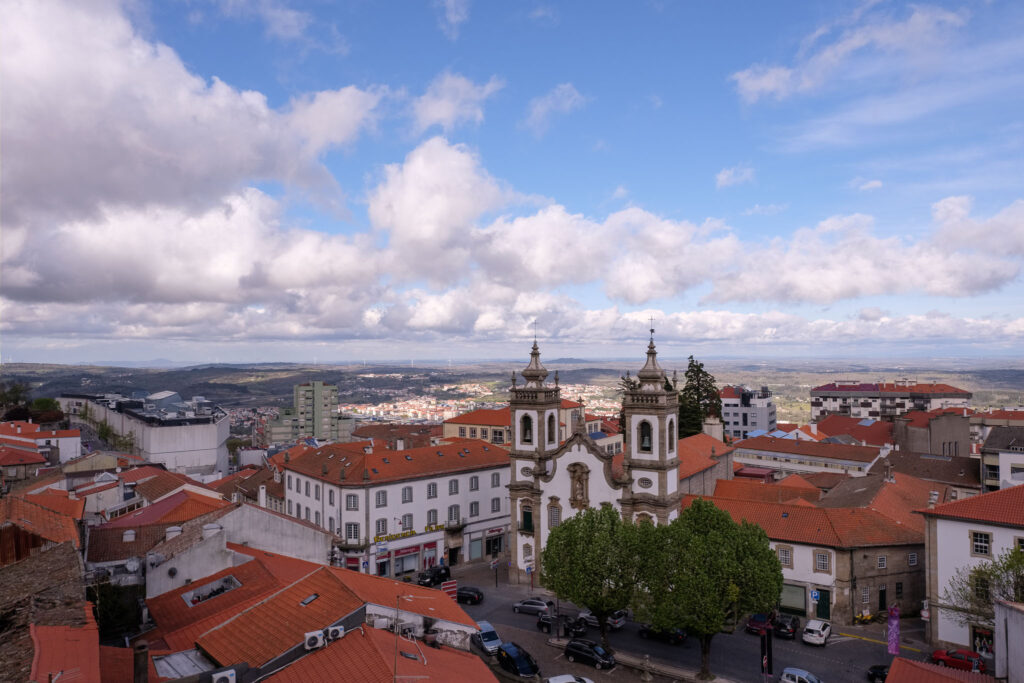
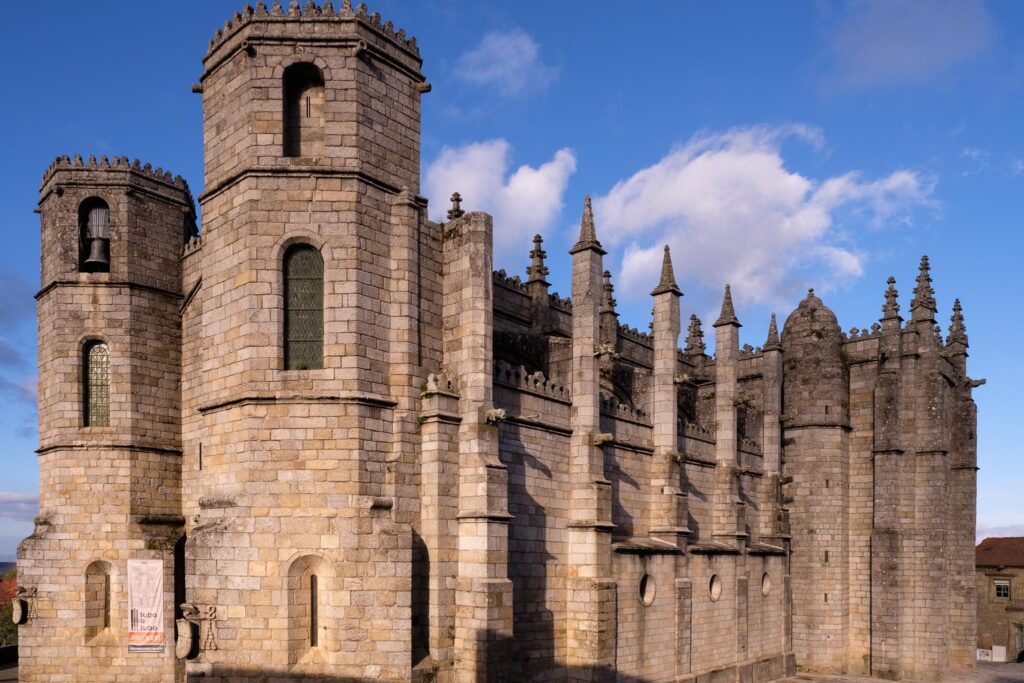
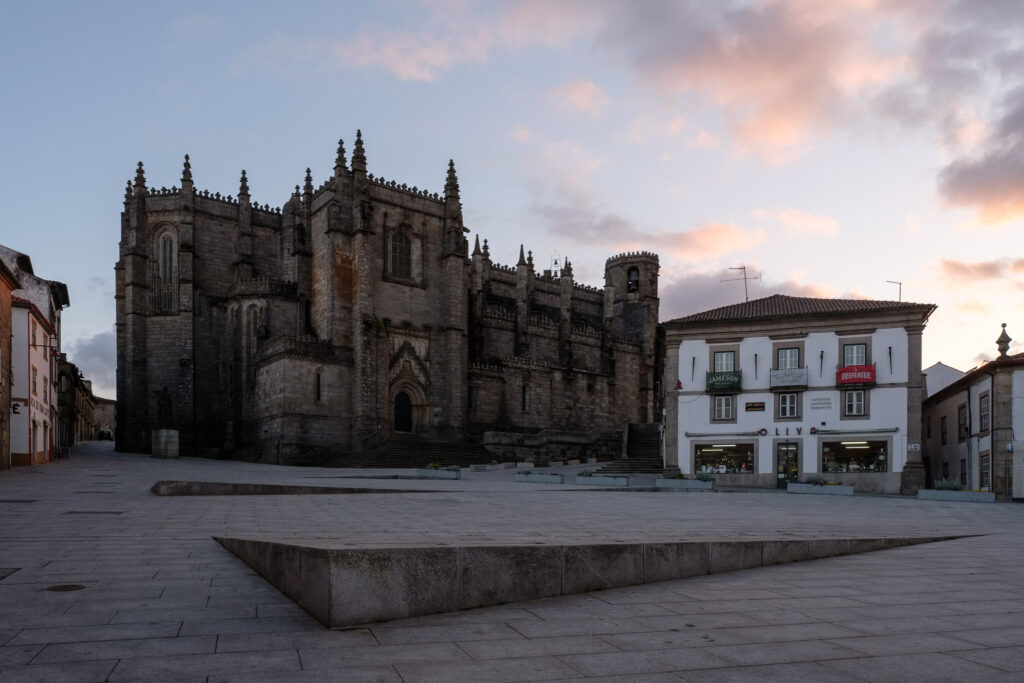
At the end of the day we had dinner in Guarda, tasting some of the famous regional culinary dishes. A great way to finish our first day in the region.